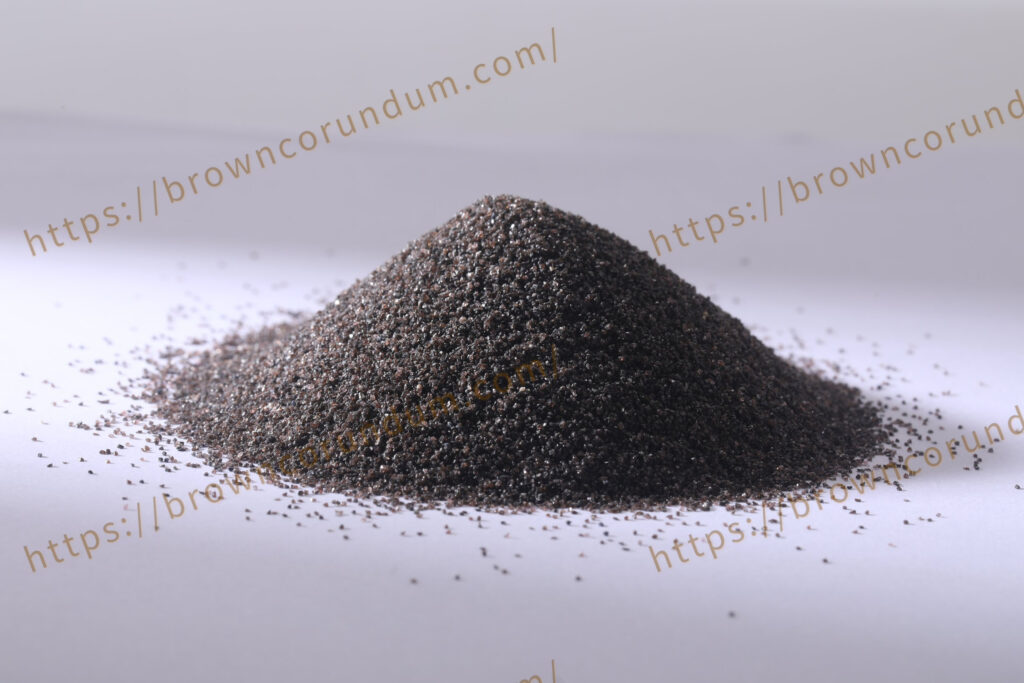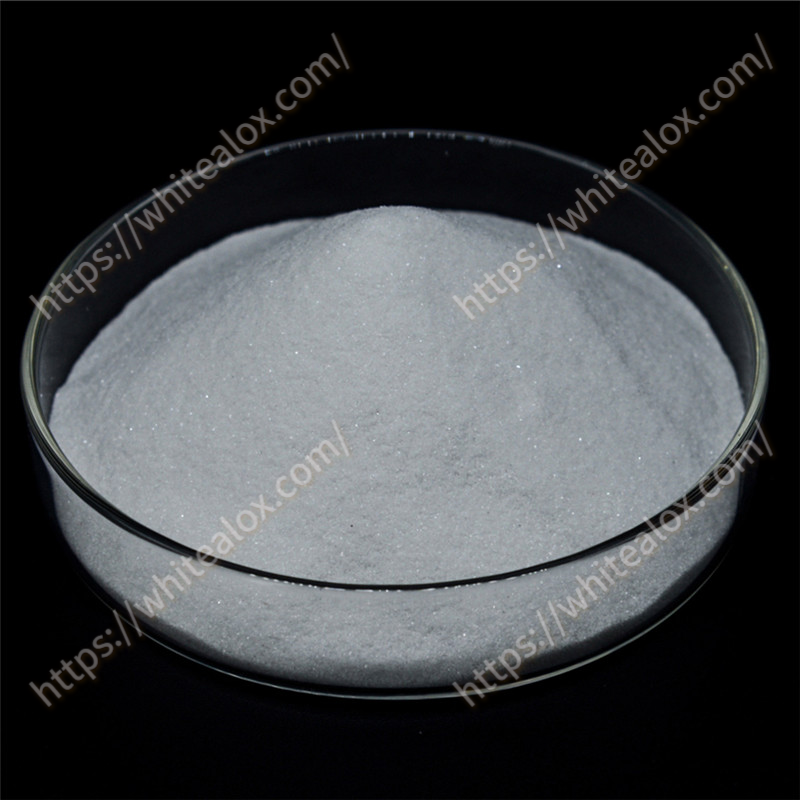Here’s a detailed comparison between White Fused Alumina (WFA) and Brown Fused Alumina (BFA) for abrasive applications, including sandblasting, grinding, and surface preparation:
1. Composition & Manufacturing
| Property | White Fused Alumina (WFA) | Brown Fused Alumina (BFA) |
|---|---|---|
| Raw Material | High-purity alumina (Al₂O₃ ≥ 99%) | Bauxite (Al₂O₃ ~90-95%, with SiO₂, Fe₂O₃ impurities) |
| Process | Electric arc fusion of pure alumina | Carbothermic reduction of bauxite + coke/iron |
| Color | White | Dark brown |
2. Physical & Mechanical Properties
| Property | WFA | BFA |
|---|---|---|
| Hardness (Mohs) | 9.0 | 8.5–9.0 |
| Toughness | Lower (brittle, sharp edges) | Higher (resistant to impact) |
| Density | ~3.9 g/cm³ | ~3.8 g/cm³ |
| Grain Shape | Angular, sharp | Blocky, slightly rounded |
3. Performance in Abrasive Applications
| Application | WFA Advantages | BFA Advantages |
|---|---|---|
| Sandblasting | – Cleaner surface finish (no contamination) – Ideal for stainless steel, titanium, sensitive metals | – Cheaper, better for heavy rust/scale removal – Higher recyclability (lasts longer) |
| Grinding | – Precision grinding (e.g., tools, optics) – Less workpiece heating | – Better for rough grinding (e.g., cast iron, steel) |
| Surface Prep | – Preferred for coating adhesion (e.g., aerospace) | – Faster material removal in heavy-duty work |
4. Cost & Practical Considerations
| Factor | WFA | BFA |
|---|---|---|
| Price | 1.5–2× more expensive than BFA | Low-cost, economical for bulk use |
| Durability | Wears faster (sharp edges break) | Longer lifespan (tougher grains) |
| Contamination | Minimal (pure Al₂O₃) | Possible iron/silica residue |
5. Which to Choose?
Use White Fused Alumina (WFA) if:
Working with stainless steel, aluminum, or polished surfaces.
Need high-purity blasting (e.g., medical, food-grade equipment).
Budget allows for premium finish.
Use Brown Fused Alumina (BFA) if:
Blasting carbon steel, cast iron, or heavy rust.
Cost-efficiency is critical (e.g., shipyards, construction).
Recycling abrasives is needed (e.g., blast rooms).
6. Alternatives
For even harder abrasives: Consider Silicon Carbide (SiC) (but more expensive).
For eco-friendly blasting: Garnet or Crushed Glass.
For heavy-duty cleaning: Steel Grit (for rust removal).


